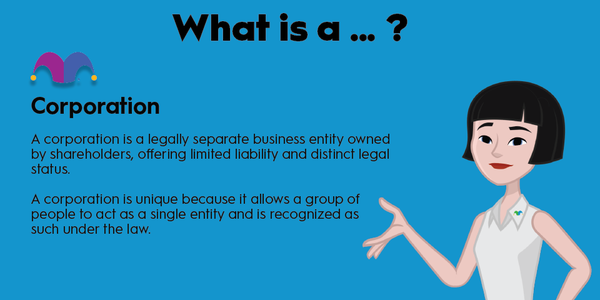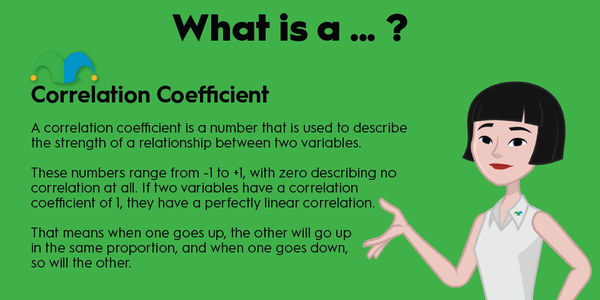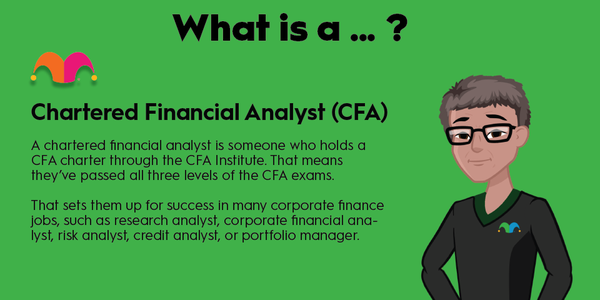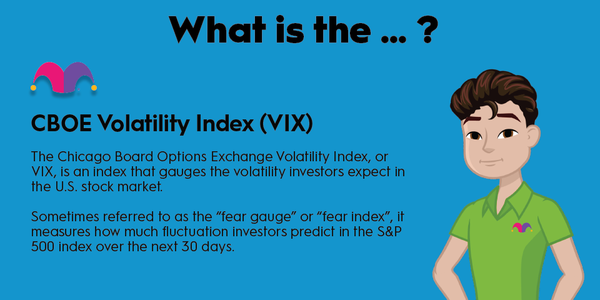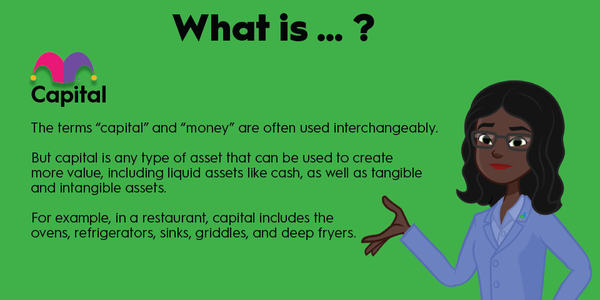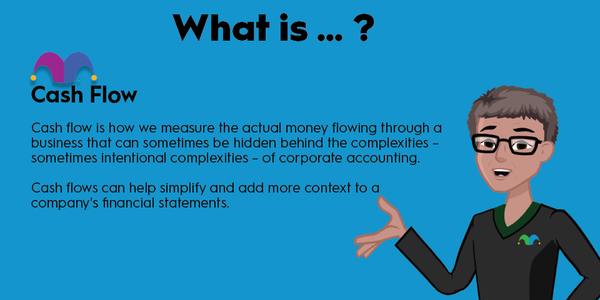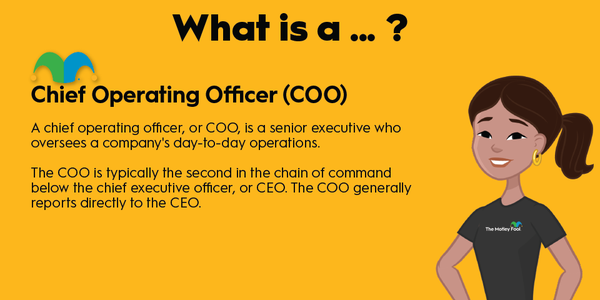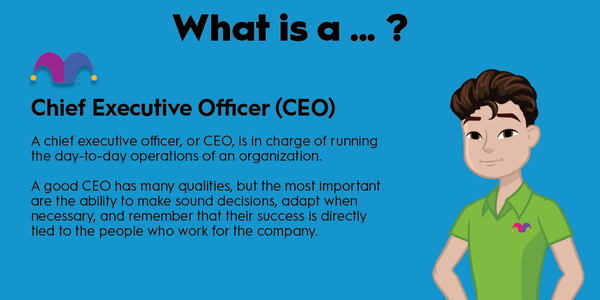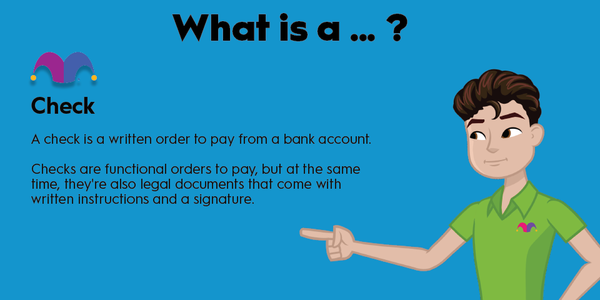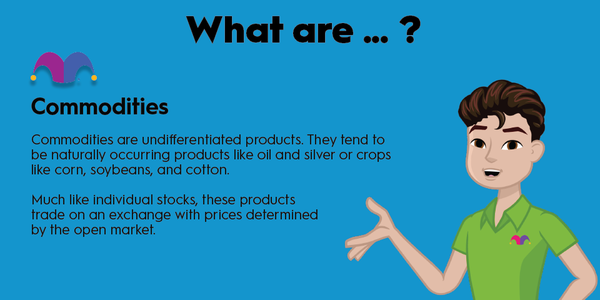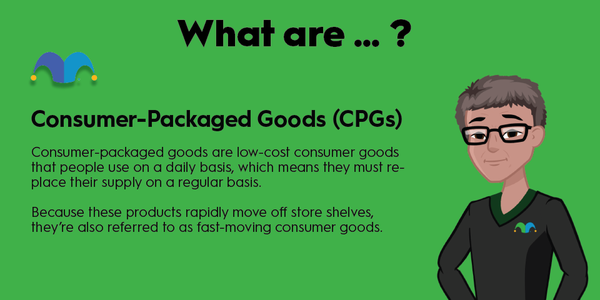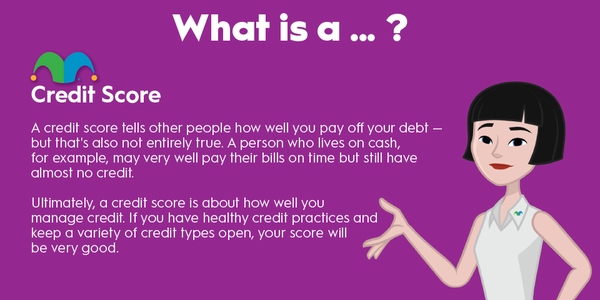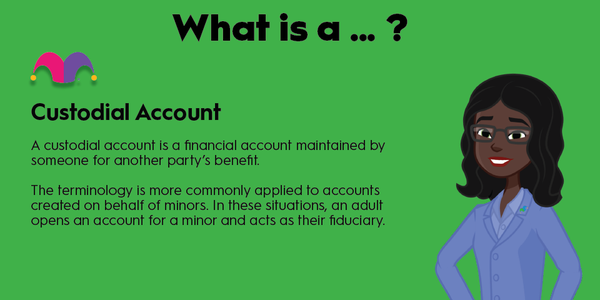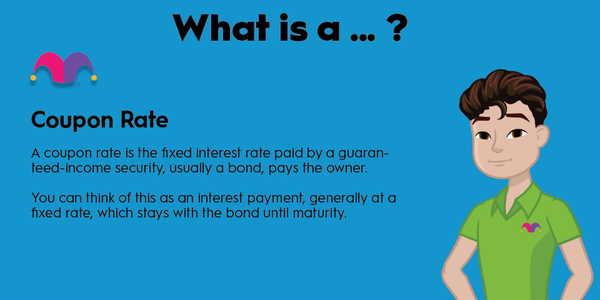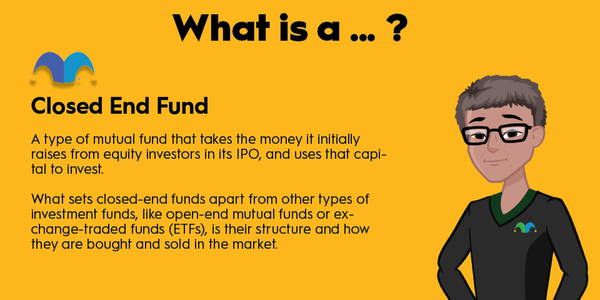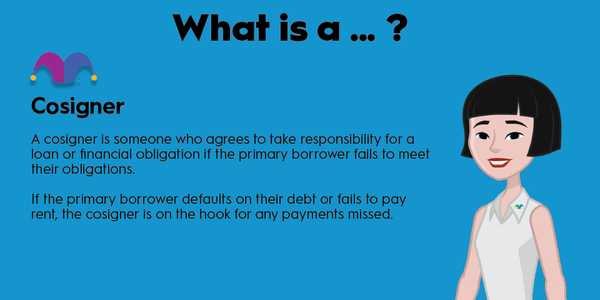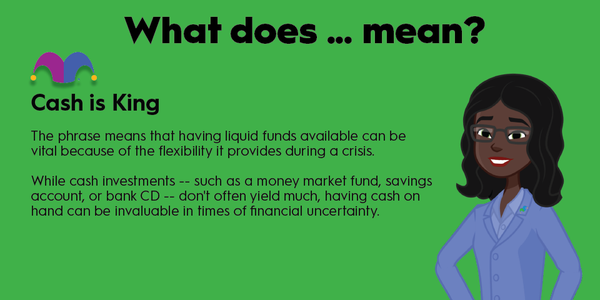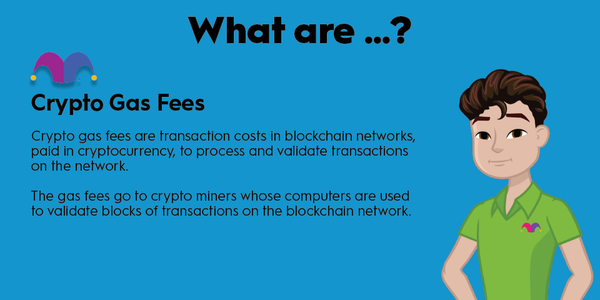Have you ever bought any 037833100? How about shares of 594918104 or even 38259P508? If you've ever purchased U.S.-registered stocks or bonds, the answer is probably yes -- you just might not have known the name they've been assigned by the Committee on Uniform Security Identification Procedures (CUSIP). Here, we’ll learn about CUSIPs, their origins, formats, and whether you really need to learn a nine-digit alphanumeric code to buy stocks.
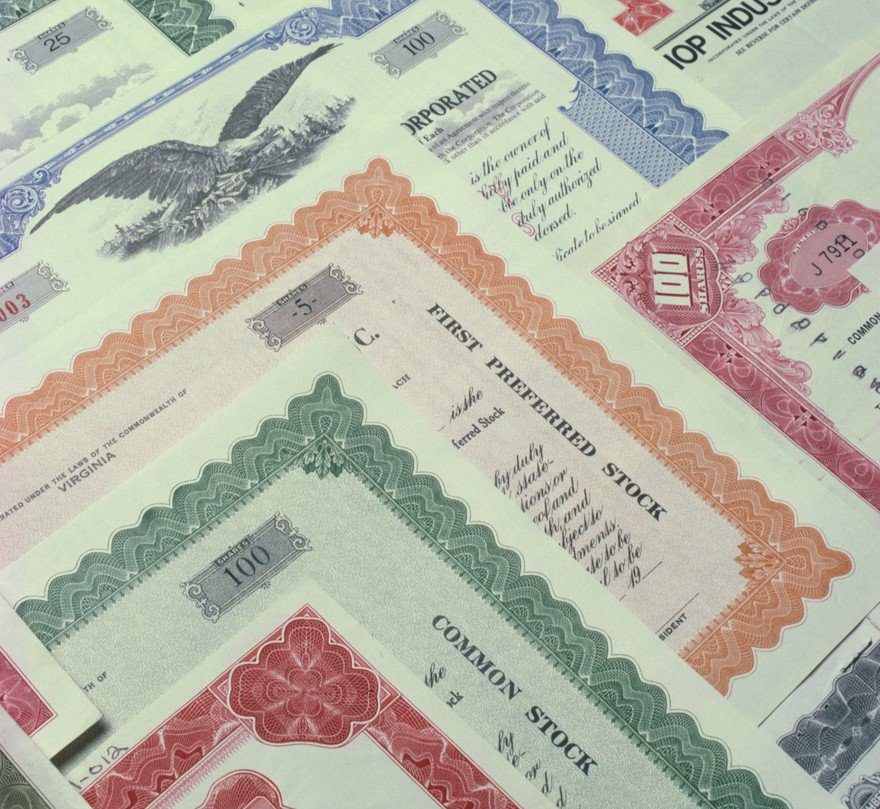
Definition
What Is a CUSIP Number?
A CUSIP number is a code for individual assets. The codes are used for North American securities and help speed trades. CUSIPs, as they're known, are used for more than 62 million assets. Here are a few of the many assets that can have CUSIP numbers:
- U.S.-registered stocks and bonds.
- American depository receipts.
- Exchange-traded funds (ETFs).
- Limited partnerships (LPs).
- Mutual funds.
- Real estate investment trusts (REITs).
- Warrants.
- Certificates of Deposit (CDs).
- Collateralized debt obligations (CDOs).
- Mortgage-backed securities (MBS).
- U.S. Treasuries.
- Credit derivatives.
- Hedge funds.
How they started
How did CUSIP numbers start?
The codes were created in 1964, when financial markets were having trouble clearing and settling trades that were handled on paper. Increased trading volume led to backlogs. As a result, markets had to close early on some days so stock trades could be processed. The New York Clearing House Association asked the American Bankers Association to develop a better method with a system that would provide a unique identifier for each security.
The ABA system was launched in 1968 with the publication of a CUSIP directory. The method grew in popularity over the years, and CUSIP Global Services now assigns all U.S.-based International Securities Identification Numbers (ISINs), which were created in 1981 and have become the most popular identifier for global securities.
A similar setup is used to identify foreign securities. It's known as the CUSIP International Numbering System, or CINS. The system uses the same nine-character identifier as the CUSIP, but a letter in the first position provides the issuer's country or region.
The CUSIP system is still owned by the American Bankers Association. It was managed by Standard & Poor's Global Market Intelligence until 2022, when S&P Global divested it as a condition for merging with IHS Markit. The business was bought by FactSet for $1.925 billion.
Related investing topics
How to read them
How to read a CUSIP
Unless you're in a certain line of business, it's unlikely you'll ever need to know the CUSIP code for one of your investments. But here's how the nine-digit numbers are broken down, using the 037833100 CUSIP of Apple (AAPL 0.06%) as an example:
- The first six characters, known as the CUSIP-6, are the base, identifying the issue. In this case, Apple’s base is 037833.
- The next two numbers identify the type of security; numbers are usually used for stocks, and letters are saved for fixed-income securities. The first security issued is assigned a number 10; subsequent issues add another 10, until the last number becomes 80. The next issue is 88, then decreases by 10.
- The final digit is an automated check digit that verifies the accuracy of the previous numbers; some clearinghouses ignore the ninth digit or just drop it.
Likewise, CUSIP 594918104 identifies Microsoft (MSFT -0.49%).
CUSIPs also don't have to remain constant. For example, CUSIP 38259P508 had been Google’s identifier. When the company changed its name to Alphabet (NASDAQ:GOOG, NASDAQ:GOOGL) in 2015, its CUSIP became 02079K305. As with other CUSIPs, the first six characters identify the security as originating from Alphabet; the next two, "30," indicate it's the third issue. The last digit is called a "checksum" that verifies the accuracy of the previous characters.


